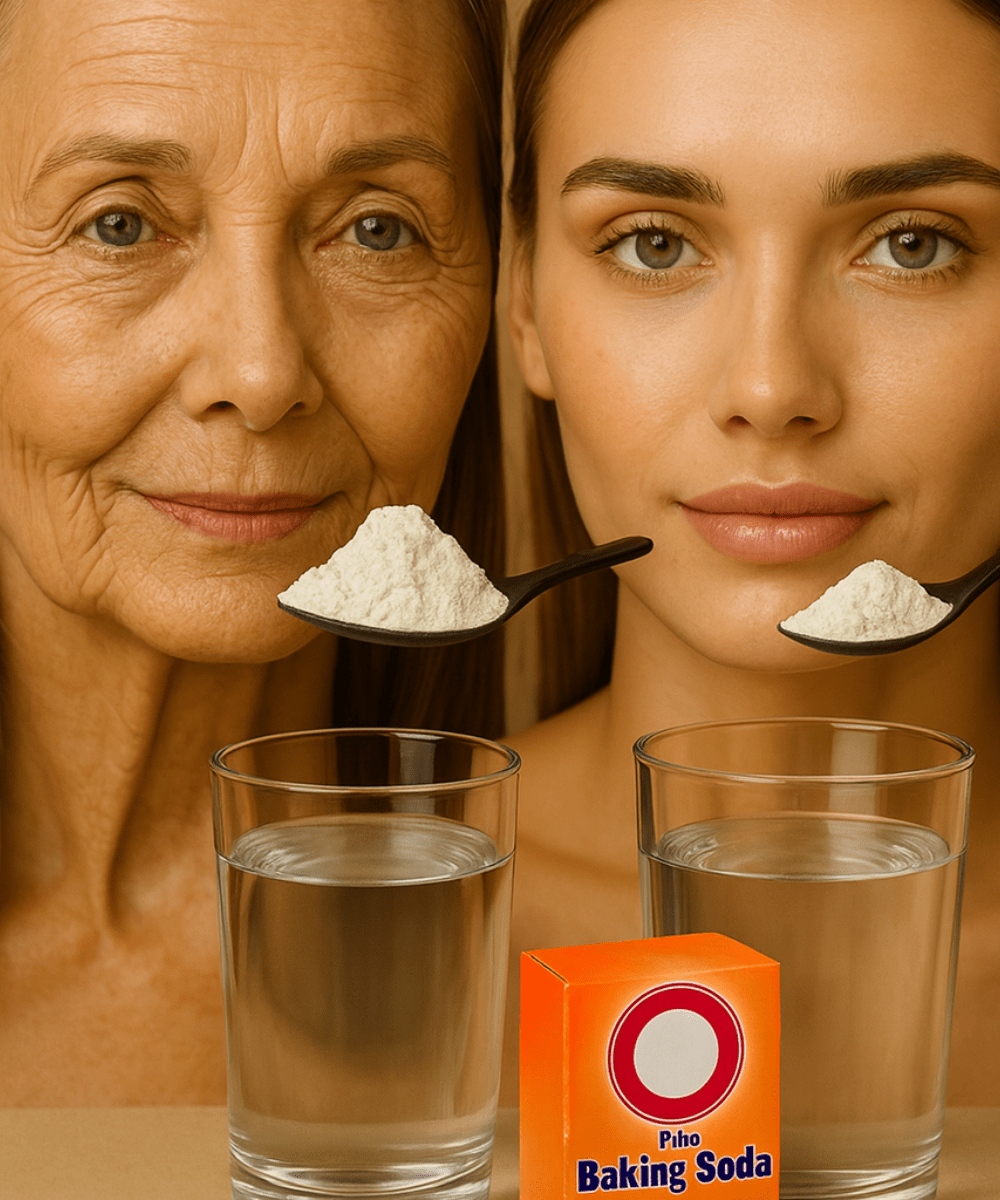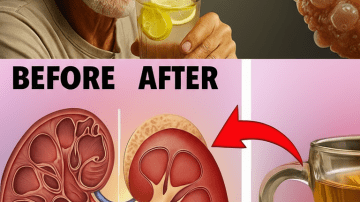Imagine blending two kitchen staples into a creamy elixir that promises to gently exfoliate, balance your complexion, and deliver a radiant, youthful glow—all without the hefty price tag of luxury creams. The combination of Baking Soda (Sodium Bicarbonate) and Coconut Oil has become a persistent, captivating trend in the DIY beauty world.
The allure is intense: simple, cheap, and based on natural ingredients. However, dermatologists and cosmetic scientists issue a CRITICAL, non-negotiable warning about this specific mixture: Applying Baking Soda to your face is highly destructive to the skin’s most vital defense mechanism: the acid mantle.

Though Coconut Oil offers excellent hydration, the abrasive and alkaline nature of baking soda can cause more long-term damage than it solves, leading to irritation, chronic dryness, and severe breakouts. Read on to uncover the definitive reasons why this hack fails for youthful skin, and learn the safe, established method you must use to achieve a genuinely radiant complexion.
🧪 The Scientific Breakdown: Why Baking Soda is a Skin Misfit
The fundamental flaw in this viral hack lies in the extreme pH mismatch between the remedy and your natural skin barrier.
1. 💥 pH Imbalance (The Barrier Destroyer):
- Healthy Skin’s pH: Your skin is naturally acidic (pH 4.5–5.5). This “acid mantle” locks in moisture, repels harmful bacteria, and prevents inflammation.
- Baking Soda’s pH: Baking soda is intensely alkaline, with a pH of around 8.4 to 9.0.
- The Damage: Applying this strong alkaline mixture rapidly strips and destroys the acid mantle. This stripping action removes your skin’s protective oils, leading to:
- Severe Chronic Dryness and Redness.
- Increased Vulnerability to infections and pollutants.
- Acne Exacerbation, as the compromised barrier struggles to fight bacteria.
2. 🧽 Abrasive Damage (The Micro-Tear Risk):
- The Problem: Baking soda granules are too coarse and crystalline for the delicate skin of the face, even when buffered by coconut oil.
- The Damage: Used as a scrub, it causes micro-tears and harsh abrasion. This physical damage triggers inflammation, which often leaves behind Post-Inflammatory Hyperpigmentation (PIH), or dark spots, that are difficult and costly to treat.
3. 🥥 Comedogenic Risk (Pore Clogging):
- The Problem: While Coconut Oil is deeply hydrating, it is highly comedogenic (pore-clogging) for many individuals, especially those prone to acne.
- The Damage: Using a heavy layer of coconut oil on the face can counteract any exfoliation, leading directly to blackheads and breakouts.

👑 The Safe Path: How to Achieve Youthful Skin without Risk
The key to a youthful, radiant complexion is a consistent routine that focuses on gentle exfoliation, hydration, and barrier protection—using products formulated for the skin’s acidic pH.
Safe Strategy #1: Gentle Chemical Exfoliation (AHAs)
- Action: Instead of harsh scrubbing, use an Alpha Hydroxy Acid (AHA) like Lactic Acid or Glycolic Acid 1–2 times per week. These products chemically dissolve the bonds holding dead skin cells to the surface, revealing a smoother, brighter complexion without physical abrasion.
- Benefit: Provides effective clarity and reduces the appearance of fine lines by supporting cell turnover, safely.
Safe Strategy #2: Hydration and Barrier Repair
- Action: Use pure, non-comedogenic carrier oils (like Jojoba or Rosehip) for nourishing fatty acids, or use the barrier-protecting power of pure Vaseline (Slugging) over a simple moisturizer.
- Benefit: These methods safely lock in moisture and essential nutrients, improving skin elasticity and fighting the dryness that makes skin look prematurely aged.
Safe Strategy #3: Topical Anti-Acne Agents
- Action: For blemishes, use products containing proven, safe ingredients like Salicylic Acid (BHA) to penetrate and unclog pores, or Benzoyl Peroxide to kill acne-causing bacteria.
- Benefit: Provides targeted, effective blemish control without the risk of chemical burns or severe inflammation.
🛑 FINAL WARNING: Protect Your Barrier
The appeal of the Homemade Baking Soda Cream is strong, but the scientific evidence is clear: this mixture is fundamentally destructive to facial skin.
- DO NOT use Baking Soda on your face more than once per week (and ideally, not at all).
- Avoid leaving the paste on your skin for more than one minute before rinsing.
- Consult a dermatologist to identify your skin type and recommend a safe, pH-balanced regimen.
Your skin barrier is your most vital asset in the fight against aging. Save the baking soda for cleaning and embrace a skincare routine rooted in science, not social media trends.






